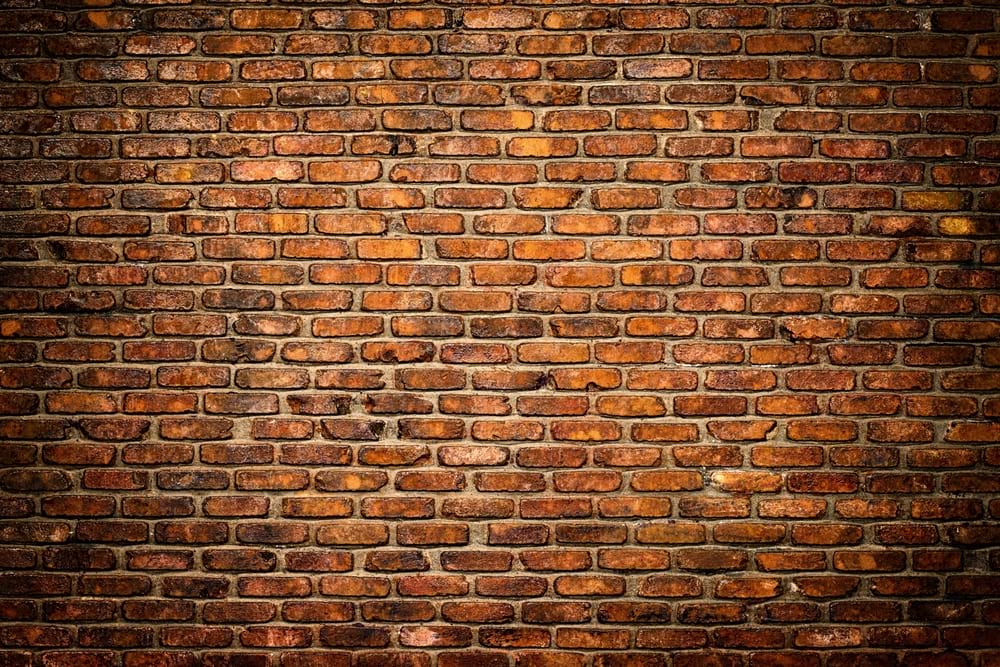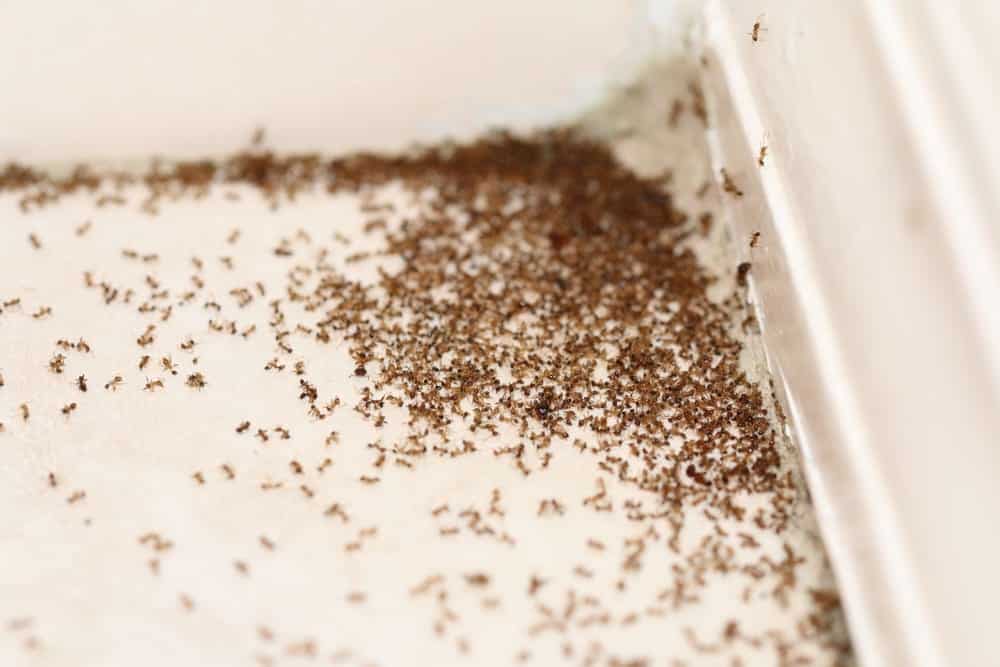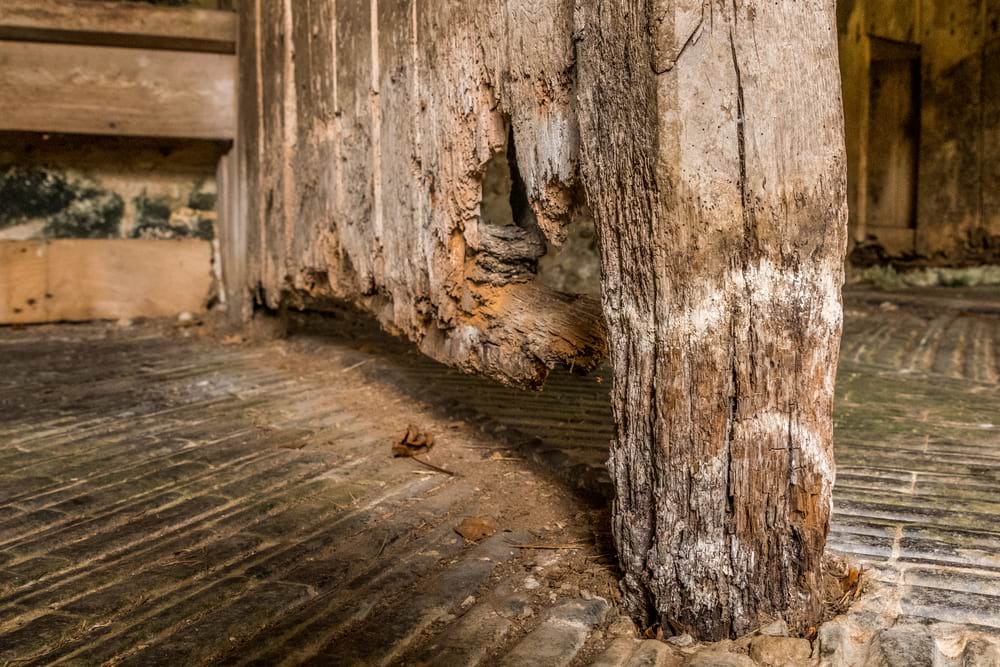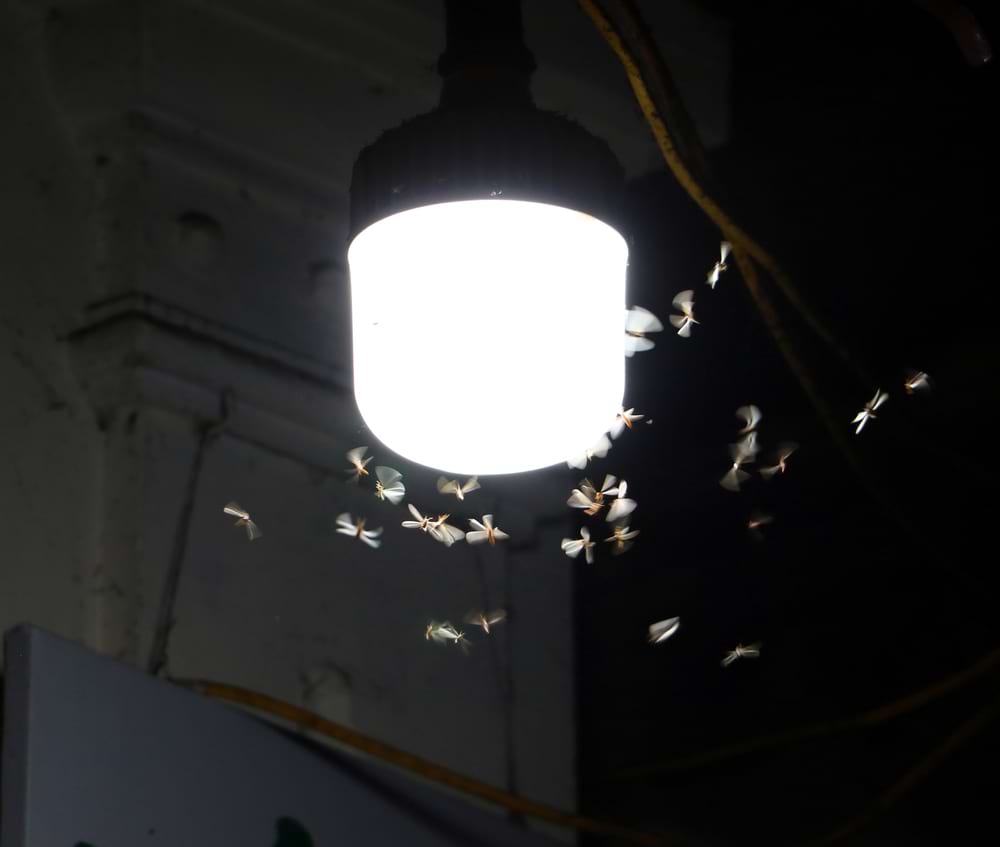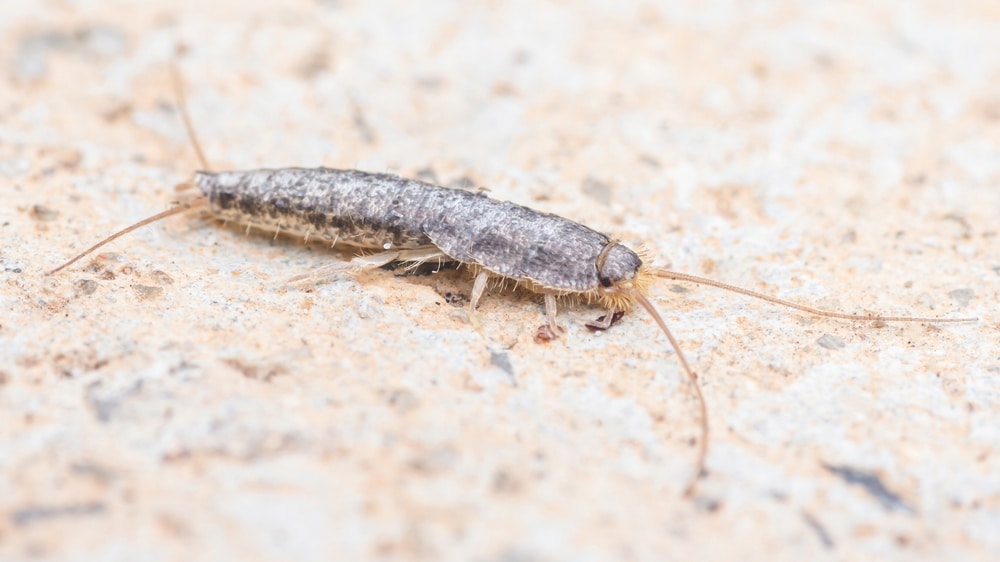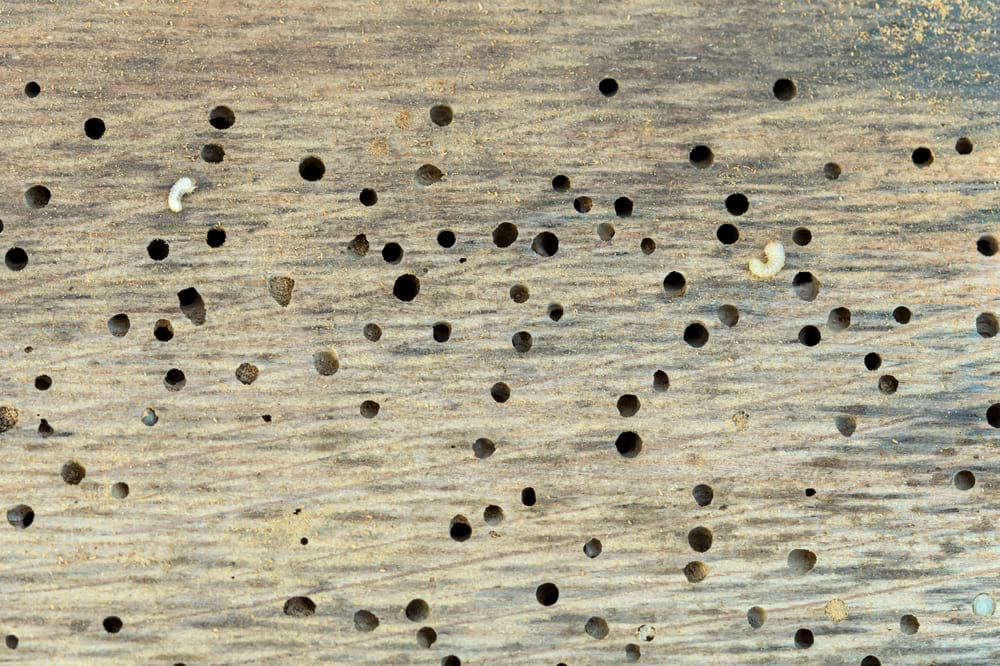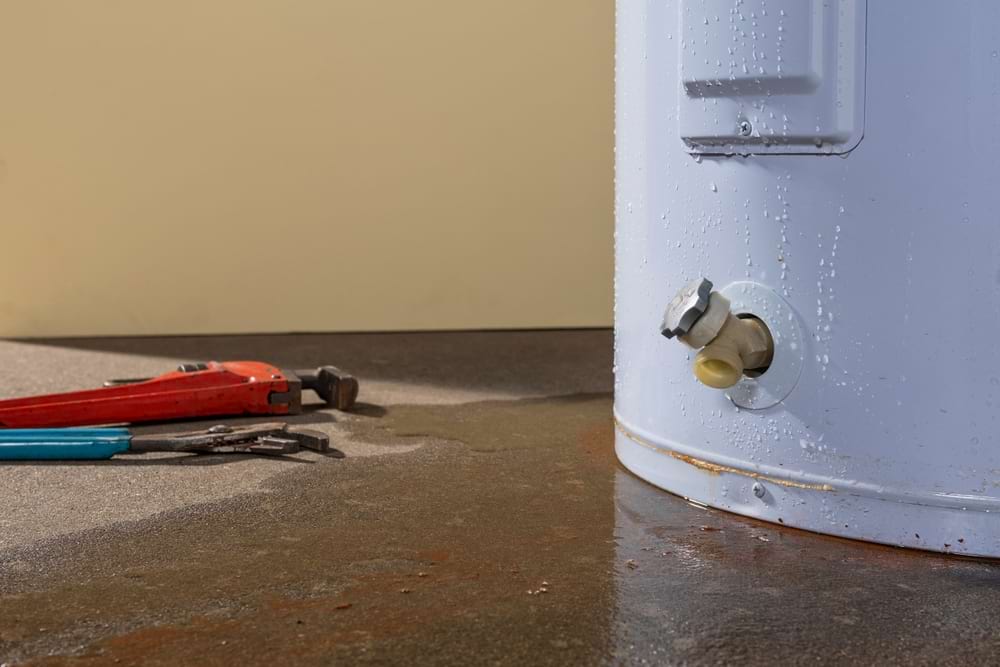UK housepests come in many forms.
One of these is a species of insect that pre-dates dinosaurs: silverfish.
Read on to learn what they are and how to deal with them.
Silverfish: Not a fish!
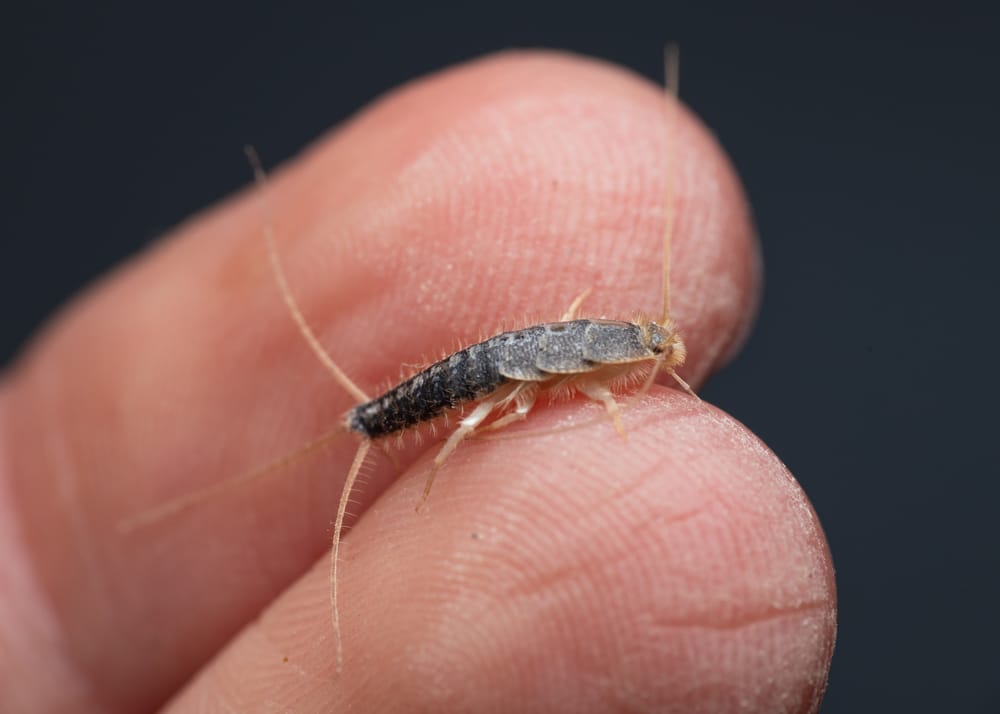
Silverfish (Lepisma saccharinum) are a type of small, wingless insect found in many parts of the world, including the UK.
They are silver in colour, with scales that grow out of their exoskeleton. And they move with a fish-like motion, too. Hence their name!
Their maximum length rarely goes above 2.5 centimetres. And most of their body is covered in tiny bristles (which can only be seen up-close).
A typical silverfish will live for up to 8 years. They are nocturnal and can survive on minimal food – they can go up to a year without eating.
Their main predators are earwigs, centipedes and spiders.
Silverfish habitats in homes
They tend to live underneath objects inside houses. They prefer dark, hidden places.
The rooms silverfish are most commonly found in are:
- Bathrooms (including en suites)
- Basements
- Kitchens.
And the objects they are most commonly found in are:
- Bookcases
- Wardrobes
- Sinks
- Floorboards.
Conditions silverfish favour
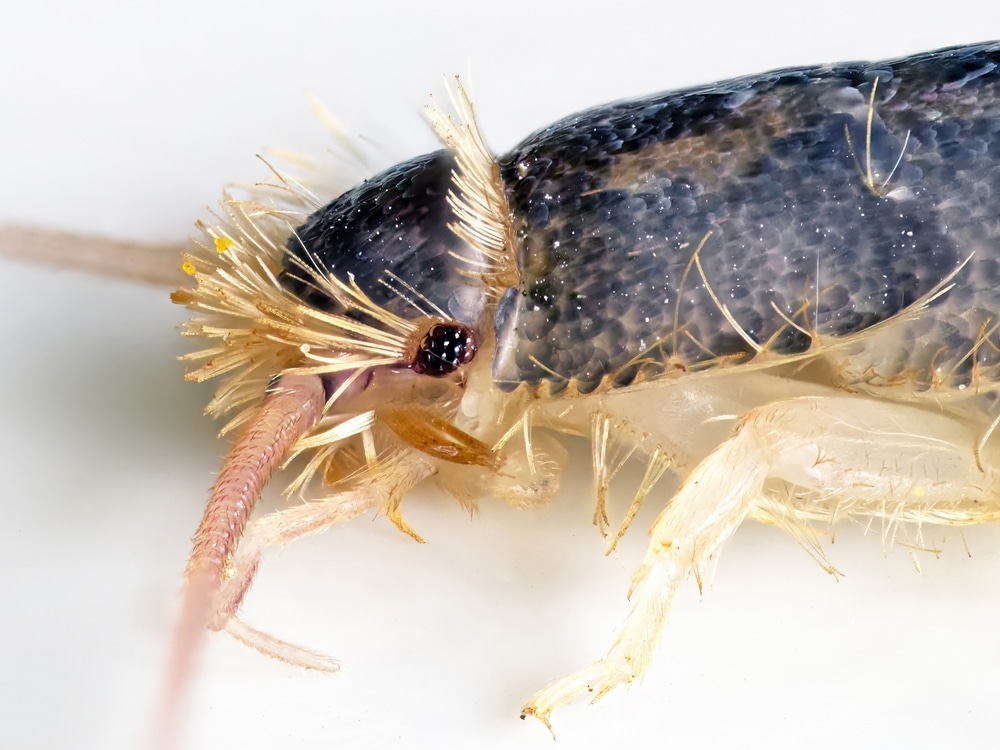
Silverfish usually thrive in dark, warm (around 30 °C) areas with high humidity (84%).
They are also likely to be found where there’s plenty of food, especially:
- Wallpaper
- Cereals
- Glue
- Leather.
Damage silverfish cause
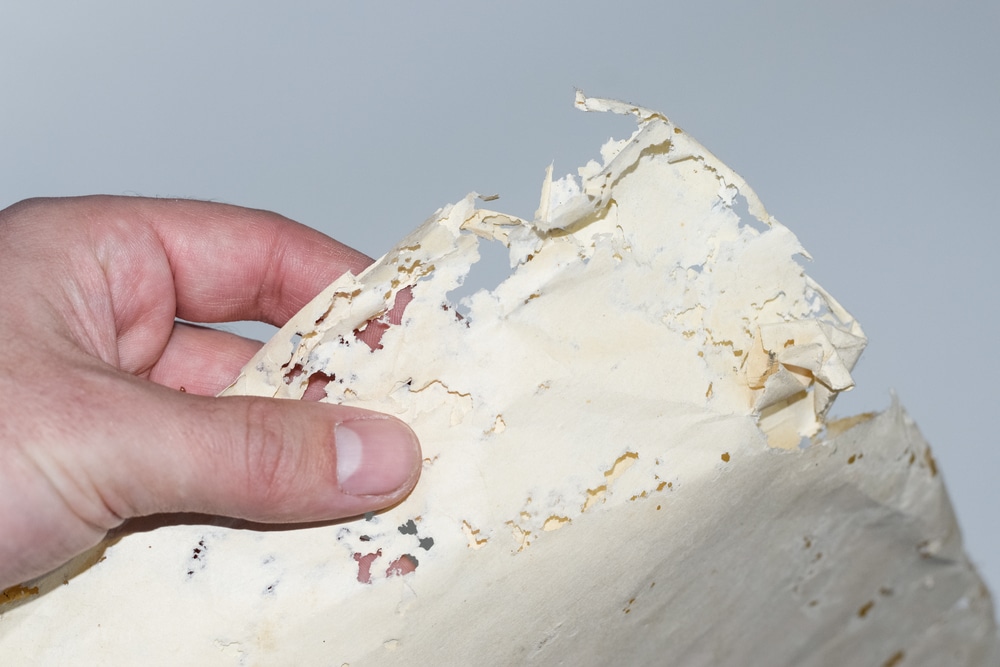
Silverfish are not dangerous or harmful to people. They aren’t known to bite humans, and they don’t carry diseases.
It’s unlikely for silverfish to damage your house’s foundations or structure. It’s more aesthetic details that are harmed, such as:
- Furniture
- Books
- Wallpaper.
(By contrast, other insect pests such as bedbugs do bite people’s skin. And woodworm can damage property structures.)
How silverfish get into homes
Like most insects, silverfish tend to enter your house through small gaps and cracks.
These could be around your windows or doors, or even in the foundations of the building.
You may also accidentally bring silverfish into your home. This could happen if they’re stuck in objects, like books or cardboard boxes.
If the last home you lived in had a silverfish infestation, it’s possible to bring this to your new place.
Signs that you’ve got silverfish in your house
Sightings
Silverfish are quite small, at up to 2.5 centimetres in length. But if you keep an eye out in damp or dark areas, you may be able to see them.
Damage to items and materials
Wallpaper is most vulnerable to damage caused by silverfish.
If it starts to look worn or faded, without any explanation, then this could be a sign of silverfish.
Shed skins and droppings
You may find these on the floor, especially in damp and dark areas. Silverfish will occasionally shed their skins, which can also attract dust.
Meanwhile, their droppings are small and black. You need to look closely to see them.
Ways to reduce the likelihood of silverfish
Reduce humidity
Silverfish are more likely to multiply or stay in your house when it’s humid and damp.
So, a dehumidifier can help with this. Also, make sure to properly ventilate the room, by leaving windows and doors open.
Lighten rooms
There are several ways to lighten a dark house.
These include changing your curtains and blinds, as well as adding more lights and lamps.
Check items brought in from external sources
Silverfish can sometimes be brought in from external sources.
Second-hand furniture or objects that moved from storage or sheds to inside, for example.
Seal possible entry points
Small cracks and gaps in dark, damp places are where silverfish are most likely to enter your house.
Sealing or re[placing these up reduces the likelihood of them getting in
Focus on your windows and doors. Basements and floorboards should also get your attention.
Clean and declutter as much as possible
You’re less likely to have silverfish in your home when everything is clean and tidy.
Furthermore, this living standard means that if you do get silverfish, you’ll be far more likely to spot them.
What to do if you find silverfish
Try ‘DIY’ solutions
You may not want to pay for a specialist right away.
You could begin with some easy, inexpensive ways to fix it, i.e.:
- Seal gaps in your property
- Reduce humidity.
- Remove or move potential sources of food (documents, books, etc.)
Bring in a specialist
If doing it yourself doesn’t yield sensational results, then it might be time to bring in a specialist.
A quick online search can give great results, or you may find advertising for experts in your area
If you’ve got friends or family who’ve struggled with pest control in the past, then ask for their recommendations, as well.
This professional has the experience, expertise, and equipment to handle the situation.
Maintain improved conditions
Once all the silverfish are removed from your house, you need to ensure that it doesn’t happen again.
Ongoing ventilation will help, along with sealing entrance points.
Continue to perform regular checks for the foreseeable future to scan for silverfish returning to your house.
